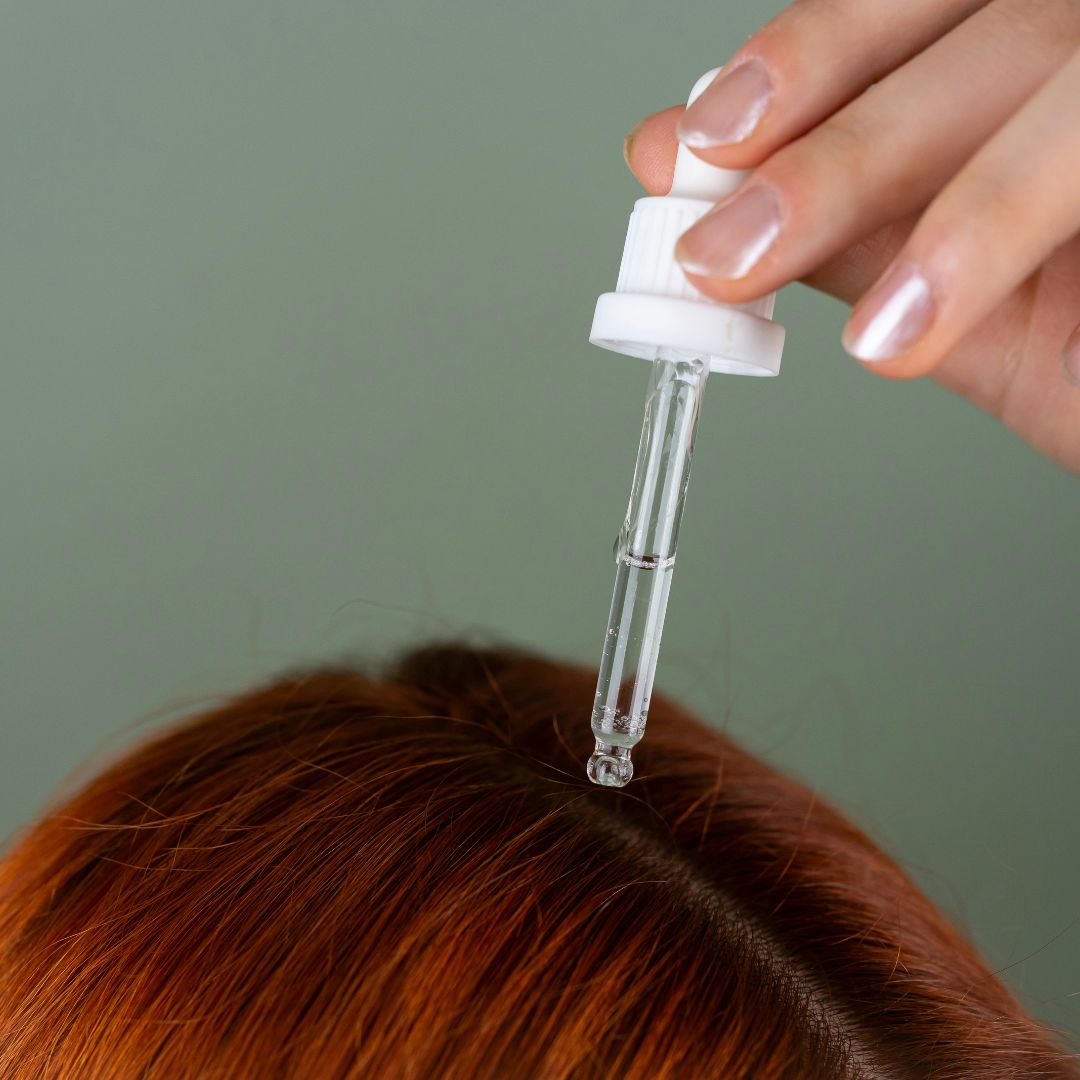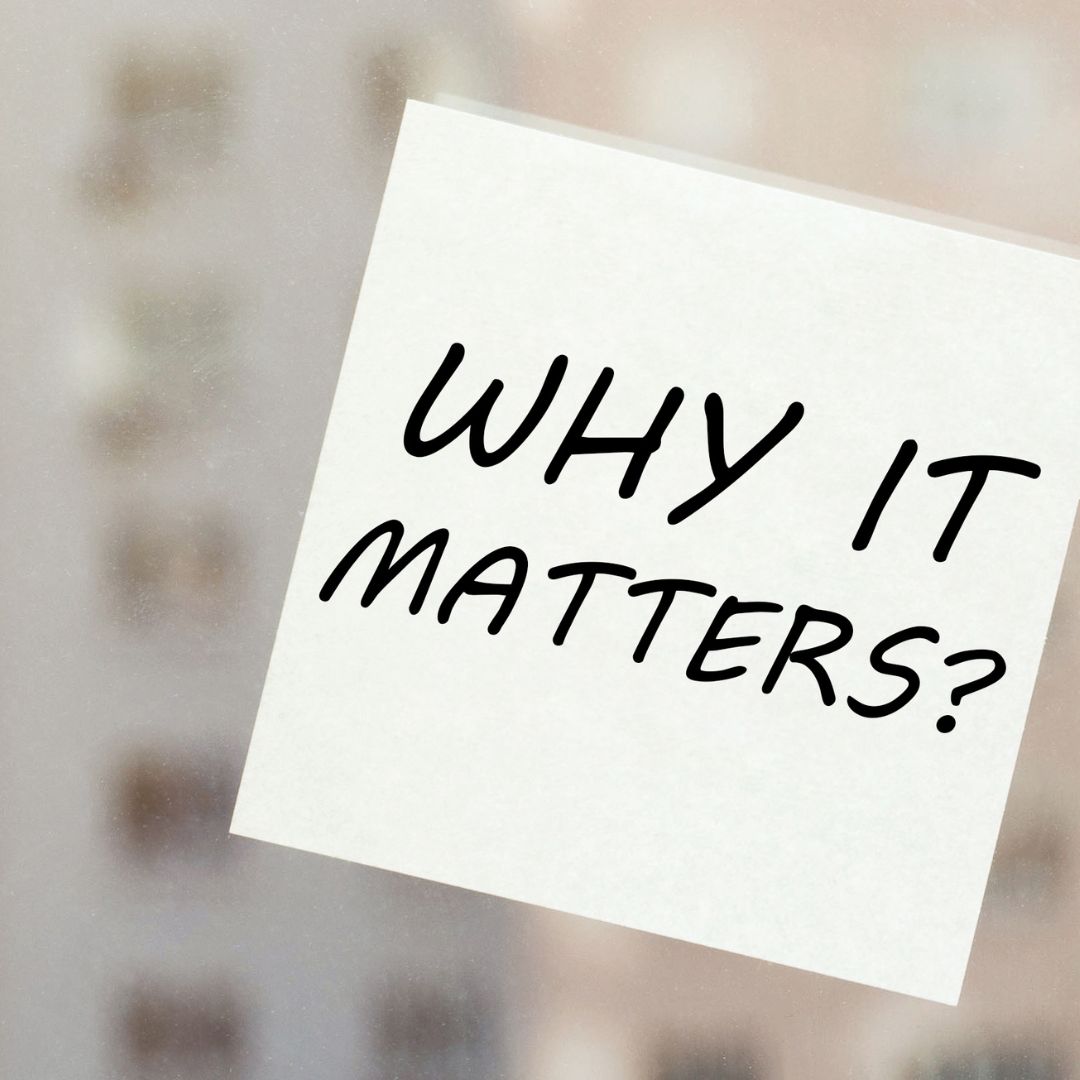Flavio Lucariello - May 23 2024
Does Microcurrent Really Help Hair Grow? Unveiling the Science Behind It

Have you ever heard of microcurrent for hair growth? It sounds futuristic, but the concept is quite simple. While red light therapy has become a more familiar name in hair care, microcurrent therapy might leave you wondering: Does it actually work? Why isn't it talked about more? Is there any science to back it up?
Let's delve into the world of microcurrent therapy and explore its potential benefits for hair growth. We'll also compare it to red light therapy and see why combining them might be the ultimate hair care power couple.
What is Microcurrent and What Are Its Benefits?
Imagine your body as a complex electrical system. Cells communicate with each other using tiny electrical currents. Microcurrent therapy mimics these natural electrical signals, delivering gentle, low-frequency currents to the scalp.
Think of it like a workout for your hair follicles. This gentle stimulation can improve communication, promote cell activity, and enhance blood flow to the scalp, all of which are crucial for healthy hair growth. But the benefits go beyond just growth. By improving cell communication and stimulating collagen production, microcurrent can also contribute to:
Hair Thickening & Growth: Stimulating dormant follicles and enhancing cell activity can lead to thicker, fuller hair growth.
Improved Scalp Health: The gentle electrical currents can help reduce inflammation and promote blood circulation, creating a healthier environment for hair growth.
Enhanced Hair Texture: Increased cell communication and collagen production can contribute to stronger, smoother hair with improved texture.
Reduced Dandruff and Scalp Itchiness: Microcurrent therapy helps regulate sebum production, alleviating dandruff and scalp irritation that can hinder hair growth.
Microcurrent for hair growth? Science Says Yes
Microcurrent for hair loss is gaining attention as a gentle yet potentially powerful way to support hair regrowth. While more research is needed, some studies have shown promising results:

A 2021 study published in the Journal of Cosmetic and Laser Therapy found that microcurrent therapy led to a significant increase in hair density in participants with alopecia areata (patchy hair loss). The study suggests microcurrent may work by stimulating blood flow and potentially pushing hair follicles into the anagen (growth) phase of the hair follicle cycle, essentially prompting follicles to create new and faster hair growth.
A 2021 study¹ published in the International Journal of Molecular Sciences found that microcurrent stimulation significantly boosted the activity of hair follicle cells. The results showed enhanced cell growth, activation of key pathways involved in hair development, and signs of accelerated progression into the hair growth phase. This suggests that microcurrent therapy may be a powerful, science-backed tool to support thicker, healthier hair over time.


Another study, published in the International Journal of Trichology in 2018, found that microcurrent therapy improved hair growth and thickness in women with androgenetic alopecia (female pattern hair loss). This further supports the potential of microcurrent therapy for promoting hair growth in various hair loss conditions.

A 2024 study² published in the International Journal of Molecular Sciences looked at how electric currents (RF) affect hair follicles. The treatment helped cells grow faster, reduced damage, and triggered processes linked to hair growth—pointing to RF stimulation as a possible non-invasive option to support hair regrowth and scalp health.
These studies suggest that the microcurrent hair growth therapy may be a viable option, especially when combined with other hair care approaches.
Beyond scientific studies, it’s crucial to understand that electrical impulses are the body's language. They orchestrate a symphony of cellular functions, from muscle contractions and nerve signaling to wound healing and tissue regeneration. When these electrical currents become weak or disrupted, they can negatively impact various bodily processes, including the hair growth cycle. That’s why by mimicking these natural electrical signals, microcurrent can help restore optimal cellular communication and all the hair growth process.

Red Light vs. Microcurrent Therapy:
Both red light therapy and microcurrent therapy aim to improve hair growth, but they achieve this goal in different ways:
Microcurrent Therapy: Delivers gentle electrical currents to stimulate cell communication, and blood flow, promoting and potentially speeding up the growth cycle pushing hair follicles into the anagen phase.
Red Light Therapy: Uses specific wavelengths of light to increase blood flow and cellular activity within the scalp, creating a healthy environment for hair growth.
Here's where things get interesting: Some hair care systems, like the innovative FLO™ brush, combine both microcurrent and red light therapy. This allows you to reap the benefits of both approaches, maximizing hair growth results.
Why Choose When You Can Have It All?
Imagine having a microcurrent hair growth device and red light therapy in one convenient tool. That's where the FLO™ system comes in—an innovative scalp treatment device that combines microcurrent, red light therapy, and vibrating massage to support every phase of the hair growth cycle. But that’s not it, because it also boasts an auto-serum delivery system to enhance absorption and maximize the results of your favorite hair serums and treatments.
If you are intrigued by the science behind microcurrent, red light, and scalp care, you have to take a look at this amazing device. Ready to explore a new way to take charge of your hair care routine?
Sources and References:
¹Pubmed - “The growth of human scalp hair in females using visible red light laser and LED sources”
²Pubmed - “Efficacy of non-surgical treatments for androgenetic alopecia: a systematic review and network meta-analysis.”






